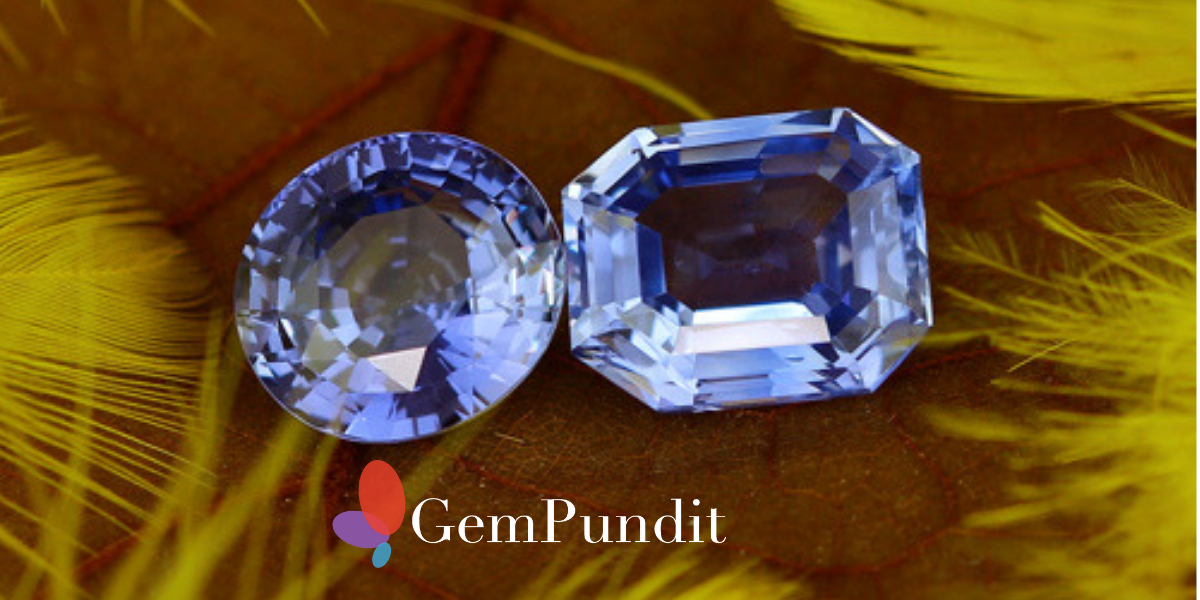


Steam Community 100 Walkthrough - Super Cheats Welcome to Gorogoa, A brilliant puzzle game published by Annapurina Interactive. The Gorogoa was to the boy like a gardener to a plant, and no gardener considers plants as mere puppets. Gorogoa is available on PC, Android, and iOS. Continue to zoom further into the wall's pattern.
#Gorogoa hints blue how to
Next: Deathloop: How to Solve The Data Cassette Puzzle Finally, place the picture with the blue bowl onto the eye to change the white fruit to green. Drag the cell to the top left to reveal a green eye. Continue zooming in until a bizarre fractal design appears. Zoom out of the bottom-right cell and focus on the area above the flames. Once he puts the bowl in the hands of one of the statues, move the bowl picture to the bottom-left space. Follow the boy after he walks through, and zoom into the two statues in Gorogoa. By moving the cells, take the painting of the garden entryway from the sign and place it on the wall with the green symbol. To solve this next segment, players must use the world’s environment as a solution, much like the puzzles in The Pedestrian. Click on the area where the boy went to find a bricked doorway. The protagonist will venture to the back wall and then out of sight. Wait until he stops moving, and then put the first cell back in the space below. After zooming in, place the bottom left cell on the top left again to allow the boy to walk out. You’ll devour it and fall in love.For the next step, click on the white door in the back of the rooftop scene in Gorogoa. But for anyone that IS into that artistic side – buy Gorogoa immediately. If you have no interest in the artistic side of gaming, you’ll find it to be a short but still fascinating and worthwhile experience – just maybe a few quid cheaper. I’m not sure there’s much that could be done for the physical controls with how much Gorogoa relies on locating hidden interactions, but it’s something to bear in mind if you want to play the game on a docked Switch. Clearly designed for precision interaction, something I am guessing is much better suited to iOS’ touch controls and Windows’ mouse controls, you can either play the game undocked and use Switch’s touch pad to play it (which is the better method by far), or use button controls for a somewhat-awkward “virtual mouse” setup. My other, smaller, complaint with Gorogoa would be that its controls on Switch are a little lacking. I was in it predominantly for the puzzles, and was sad that I so quickly exhausted its content in that regard. Beyond that, the only reason to replay the game is to take in its art and story again, which for some will be more than enough reason to give Gorogoa more time, but for me isn’t. The game is £12 for about two hours of content – and while it is stellar, you (as far as I could tell, and I may be incorrect) see everything the game has to offer in one playthrough. There are a couple of complaints I have with Gorogoa, largely its price. I’m not normally one for an “arty” game, but Gorogoa really is gorgeous. I cannot fathom how much work went into this aspect of it, but it shows – Gorogoa is a beautiful game to look at, wonderfully animated and framed, telling its story entirely through artistic direction. This is all tied together with a beautiful art style. And all achieved without clunky tutorials – Gorogoa teaches you how to interact with things in a wonderfully organic way, allowing you at your own pace to familiarise yourself with its logic. Pictures will frequently join together even if they aren’t actually in the same “place”, as long as they are visually identical, playing with time, scale, direction and the craziest of lateral thinking. Gorogoa contains some absolutely ingenious interactions, many of which made me audibly gasp when I figured them out. A common example of this is having the boy stand infront of a sealed doorway and placing a photo with a door-shaped hole on top of it to have him walk into that new location. This means the boy – and a number of other objects you stumble upon through the journey – can move between them.īeyond this, you can also zoom in and out of photos where the game permits, and also overlay and separate certain scenarios – some photographs can contain transparent holes, which can cause different effects and interactions. The simplest to understand is that if two photographs join perfectly side by side (or top and bottom), their worlds will join together. Up to four of these photographs are displayed at any one time in a 2×2 grid, and must be manipulated in particular ways in order to move the boy around, through time, in bizarre and unique ways.
#Gorogoa hints blue series
In Gorogoa, you unravel the tale of a boy seeking out a mythical being through a series of animated “photographs”.

The Witness was a beautiful example of this. I’m a sucker for a game that invents a unique, simple to understand type of puzzle and makes a game of it.


 0 kommentar(er)
0 kommentar(er)
